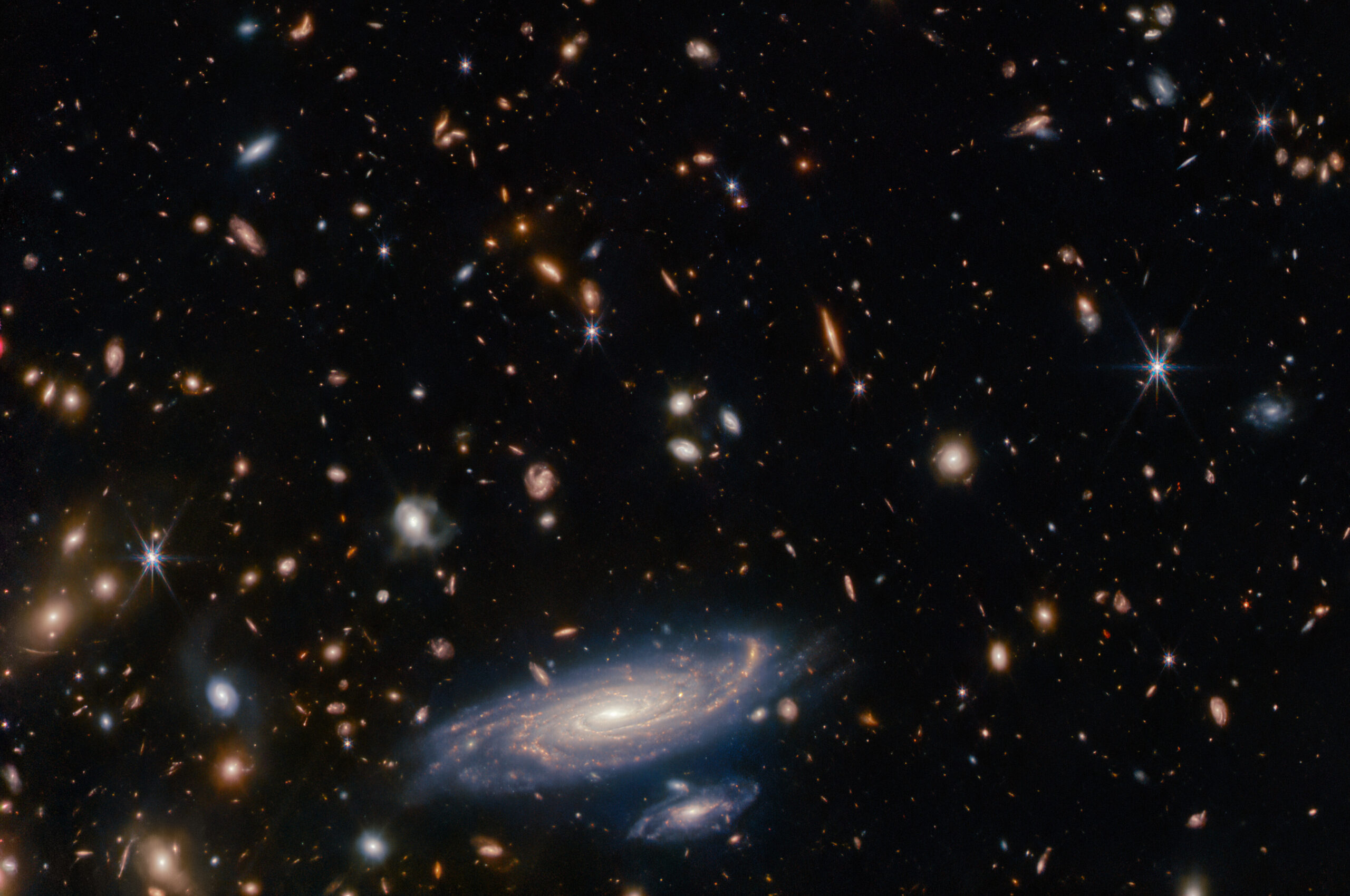There has been hardly any other mission or mission program that has more fundamentally changed our way of understanding space than the Apollo Lunar Exploration Program. The first human landing on an extraterrestrial body, the first in-situ study by a trained geologist. The first sample return, the first extraterrestrial seismic experiment and network, the first extraterrestrial heat flow measurement, and, with particular reference to the University of Bern and ISSI, the first in-situ collection of solar wind particles, to name a few. Johannes Geiss founding father of the institute and at the time professor at the University of Bern had conceived of and built this simple and effective sensor that was the first scientific instrument installed on an extraterrestrial surface by a human being, soon after the landing of Apollo 11.
Project Apollo landed six lunar modules and twelve astronauts between July 1969 and December 1972. It returned 382 kg of lunar samples and a wealth of data that are still explored to date. As examples we note that only a few years ago application of modern seismic data analysis tools to the historic Apollo seismograms have revealed what are arguably reflections of waves from the lunar core. Moreover, traces of water have recently been found in re-analysis of lunar samples.
In this presentation we discuss how the scientific input and science and engineering synergism during the Apollo Lunar Exploration Program resulted in ever-increasing capabilities to visit a wide range of landing sites on the Moon and to conduct geological traverses that culminated in the Apollo 15-16-17 Scientific Expeditions to the Moon. The Apollo Exploration program resulted in an entirely new paradigm for the origin and evolution of the Moon, and indeed, other planets. Lessons for future human and robotic exploration will be described.
James W. Head is the Louis and Elizabeth Scherck Distinguished Professor of Geological Sciences at Brown University. He worked for the NASA Apollo program, in which he analyzed potential landing sites, studied returned lunar samples and data, and provided training for the Apollo astronauts. He studies processes that form and modify the surfaces, crusts and lithospheres of planets, how these processes vary with time, and how such processes interact to produce the historical record preserved on the planets. Comparative planetology, the themes of planetary evolution, and application of these to the study of early Earth history are also of interest. Prof. Head received the Penrose Medal in 2015 as well as G.K. Gilbert Award. He is a Fellow of the American Association for the Advancement of Science, the Geological Society of America, and of the American Geophysical Union. He is a Dr. honoris causa of the Washington and Lee University. The Head Mountains in Antartica bear his name since 2007. Prof. Head has been a co-investigator on numerous NASA, ESA, Soviet and Russian missions, Including the Lunar Reconnaissance Orbiter and the European Space Agency’s Mars Express Mission.
Seminar was recorded on March 11, 2021
